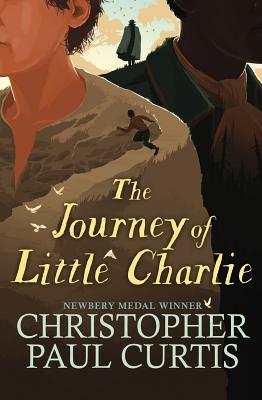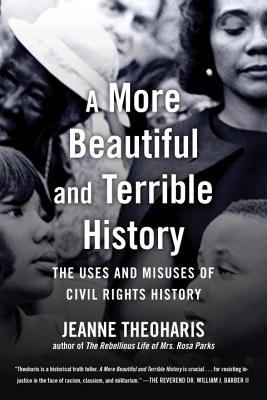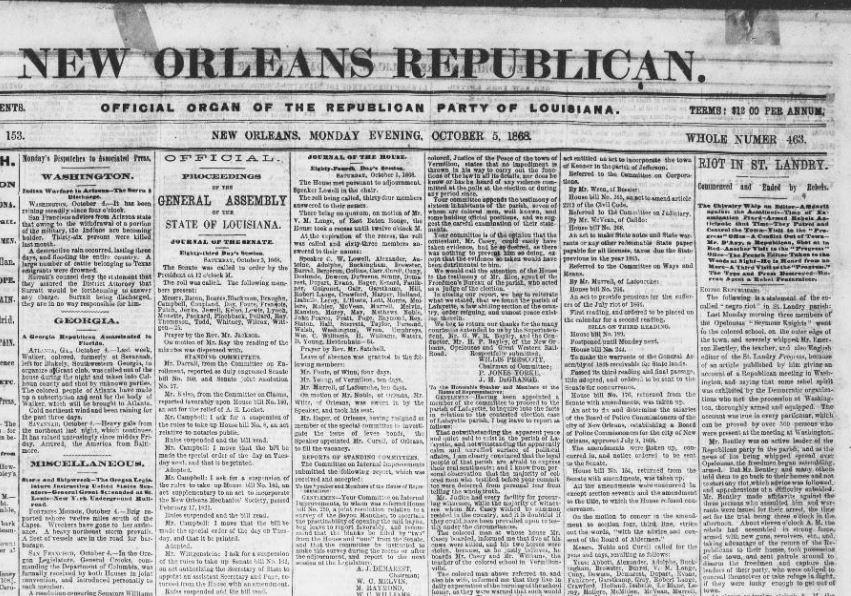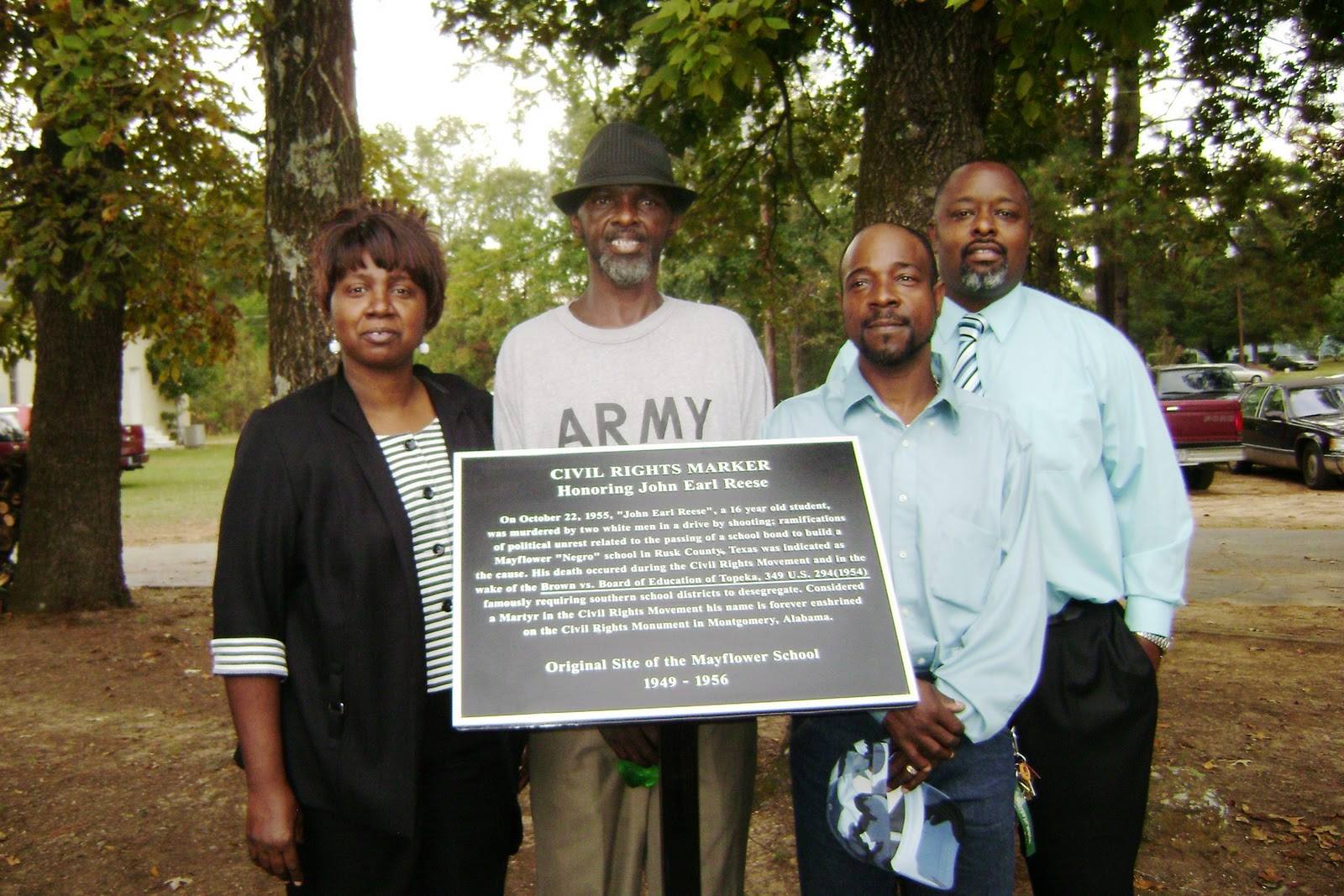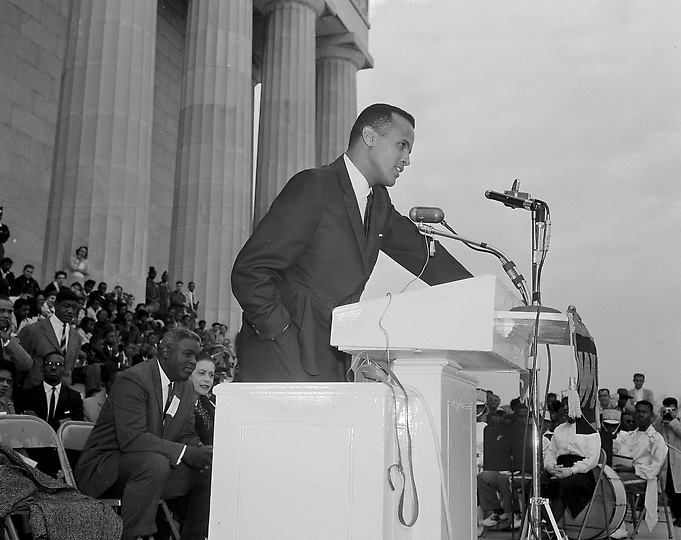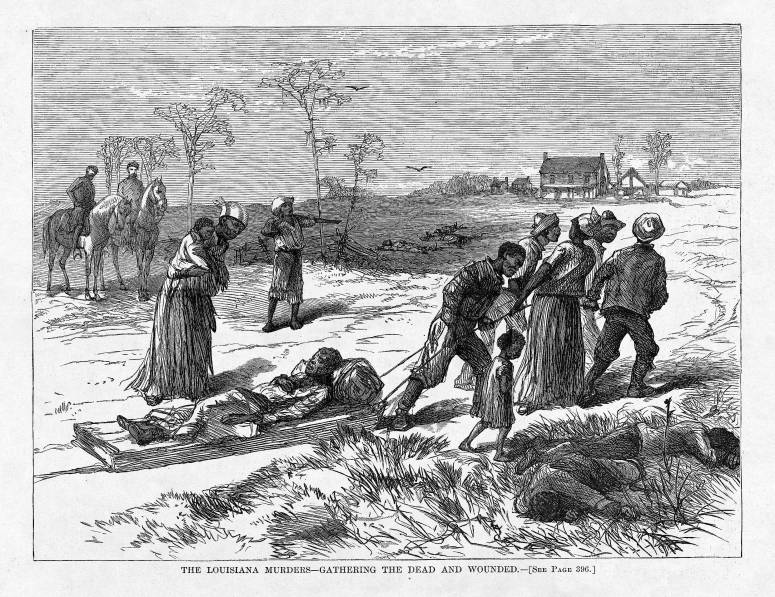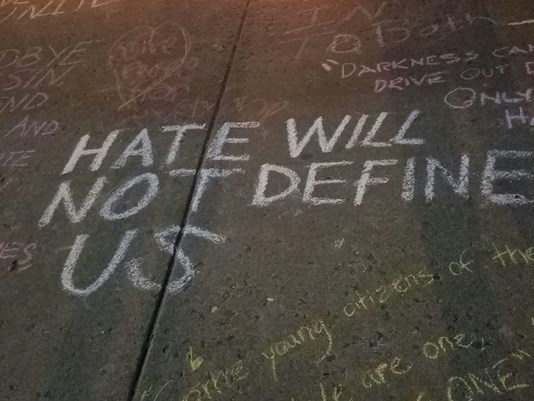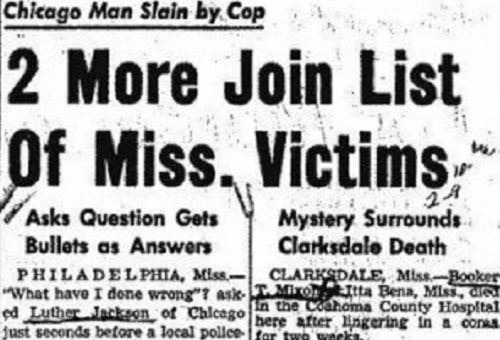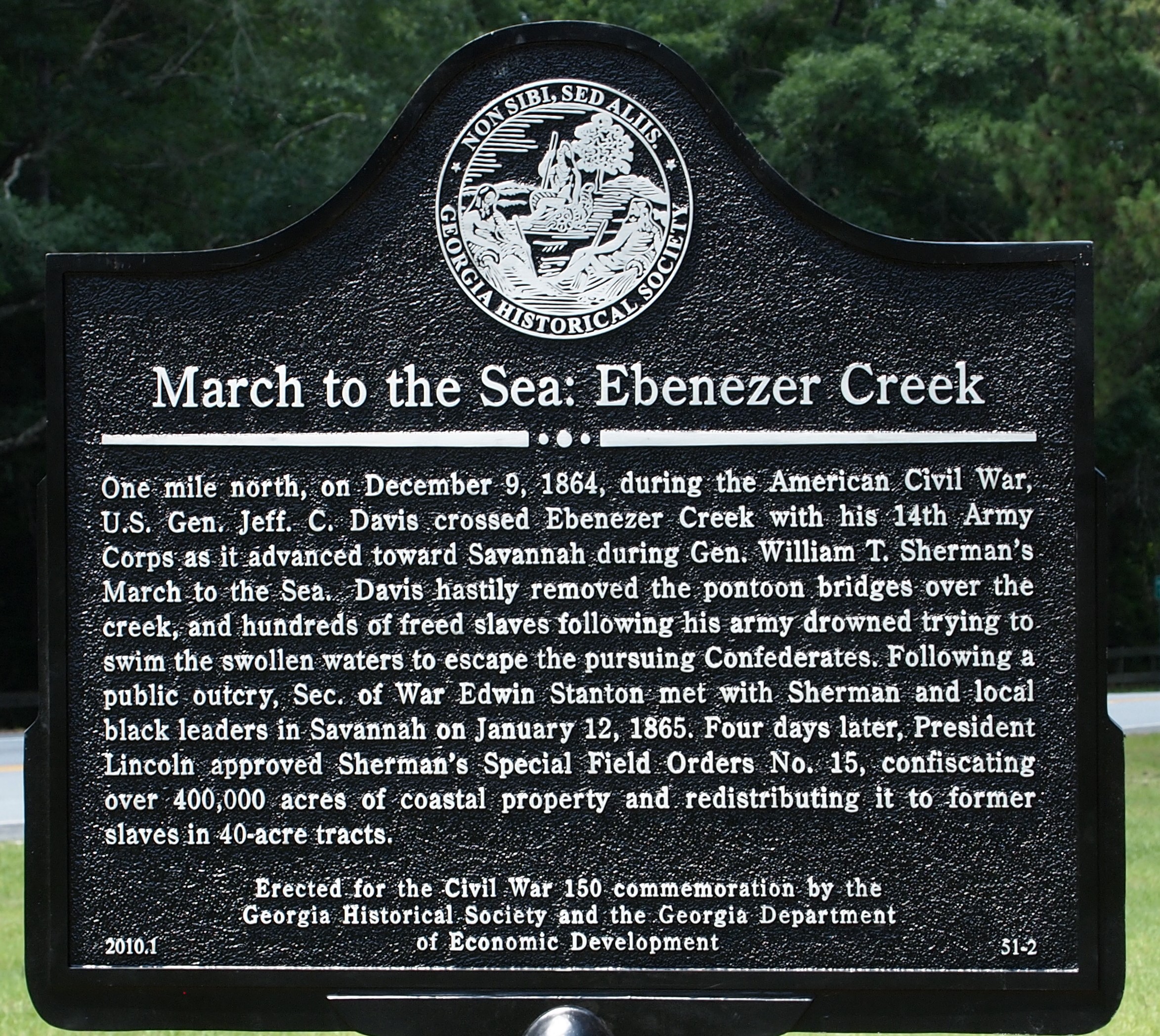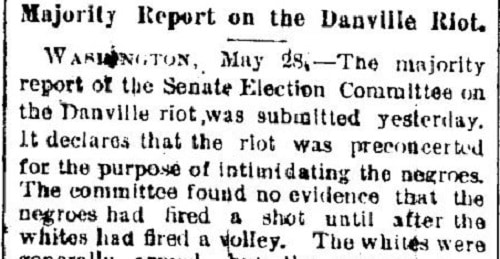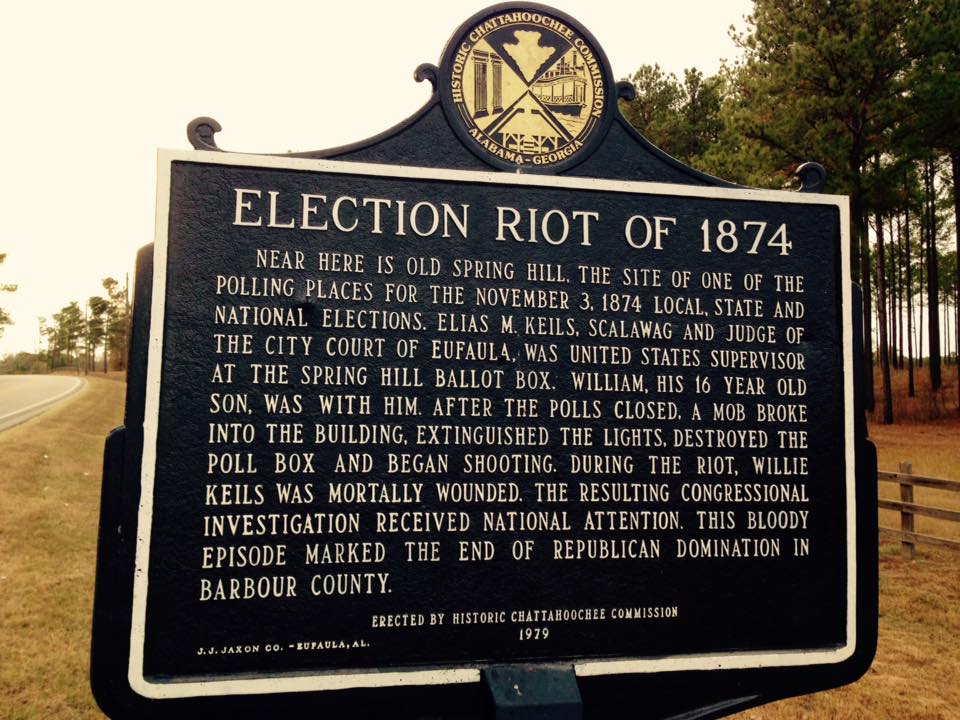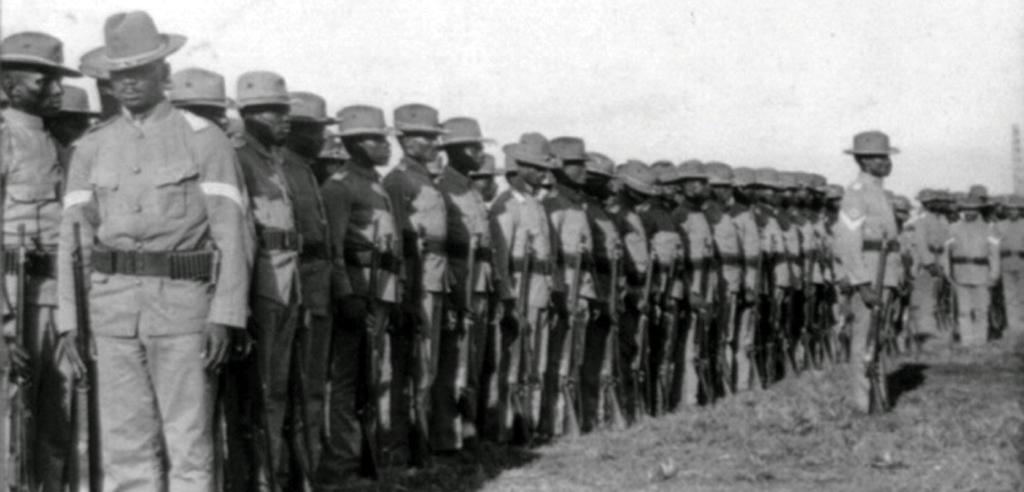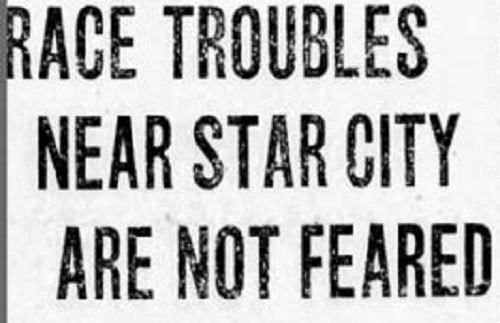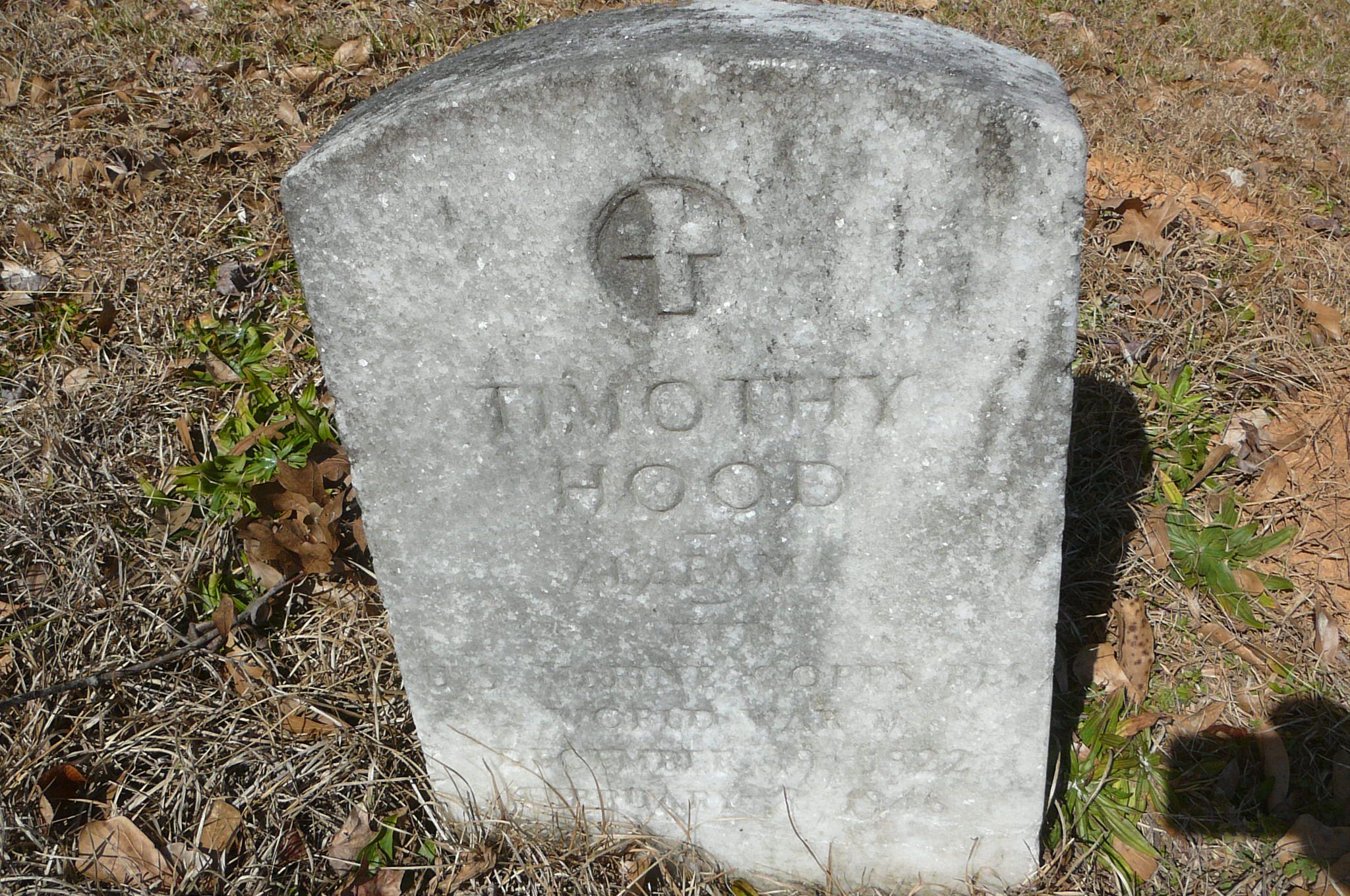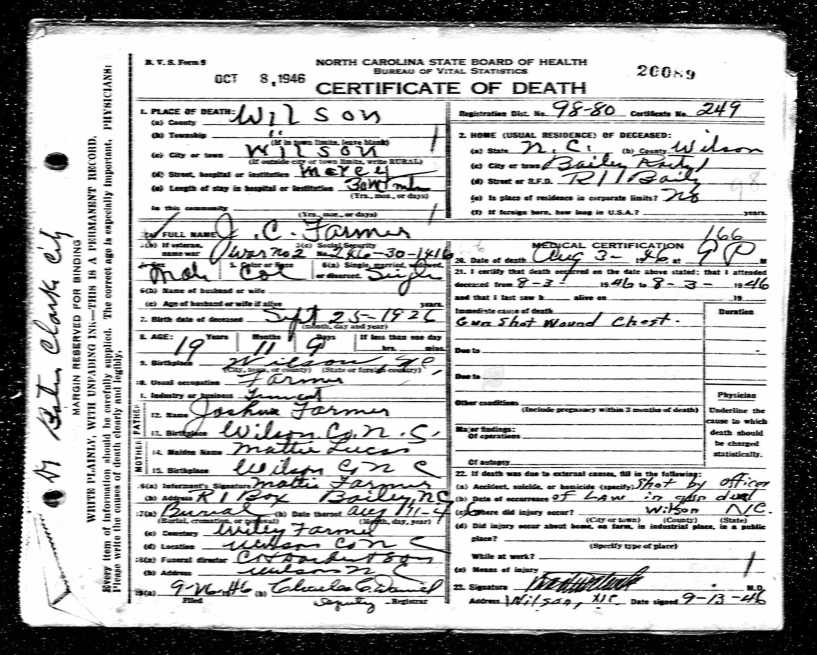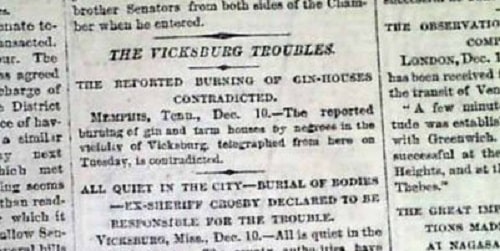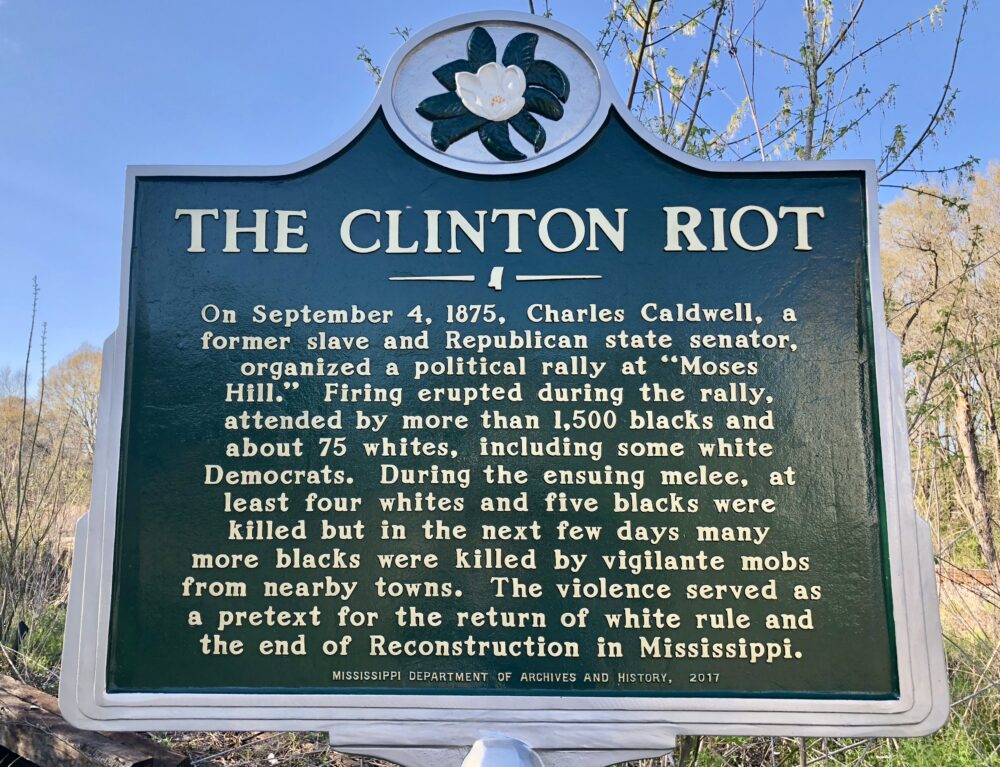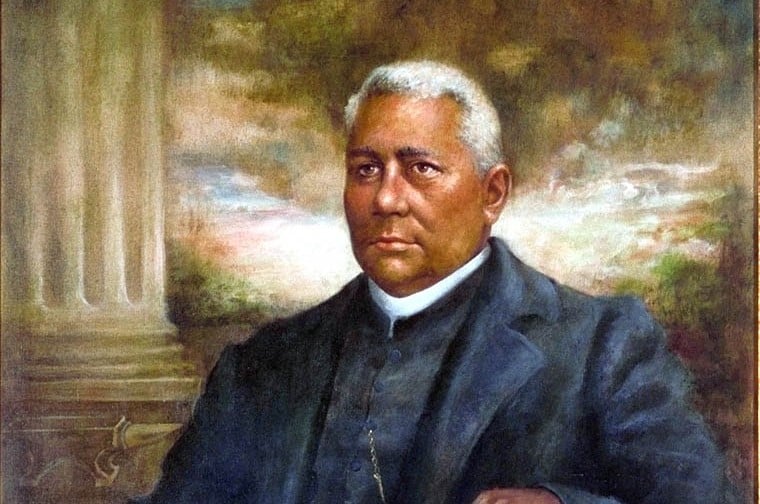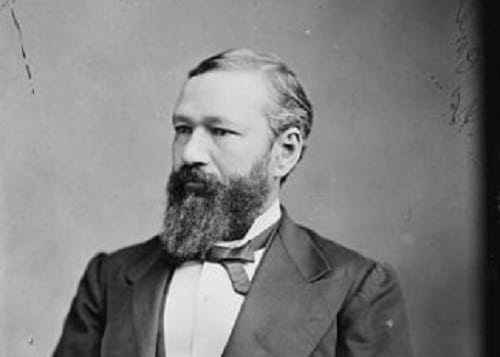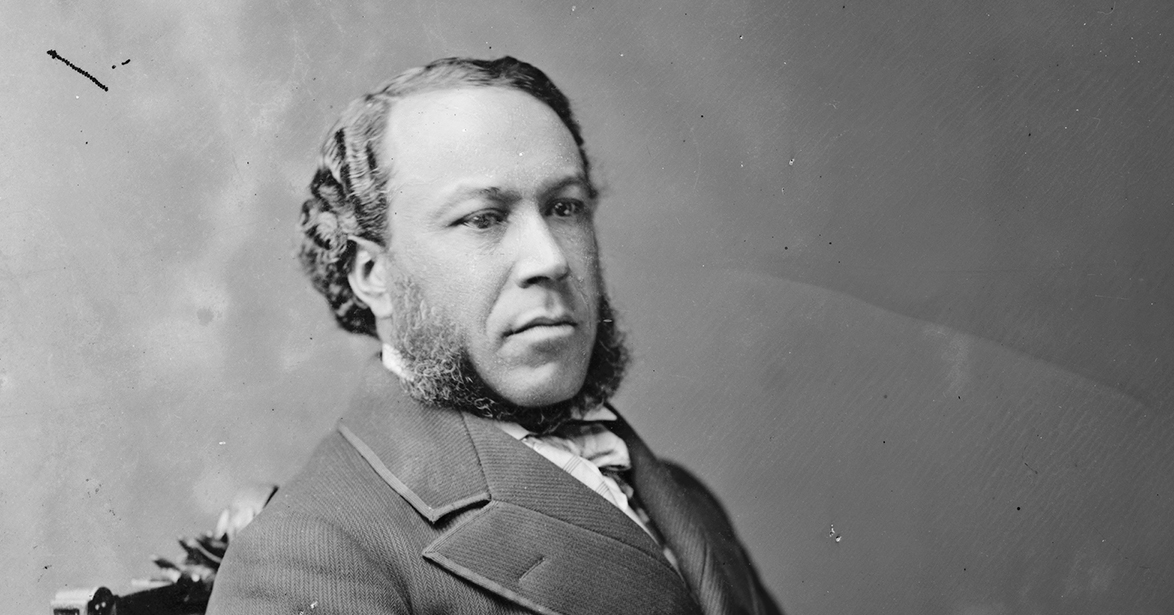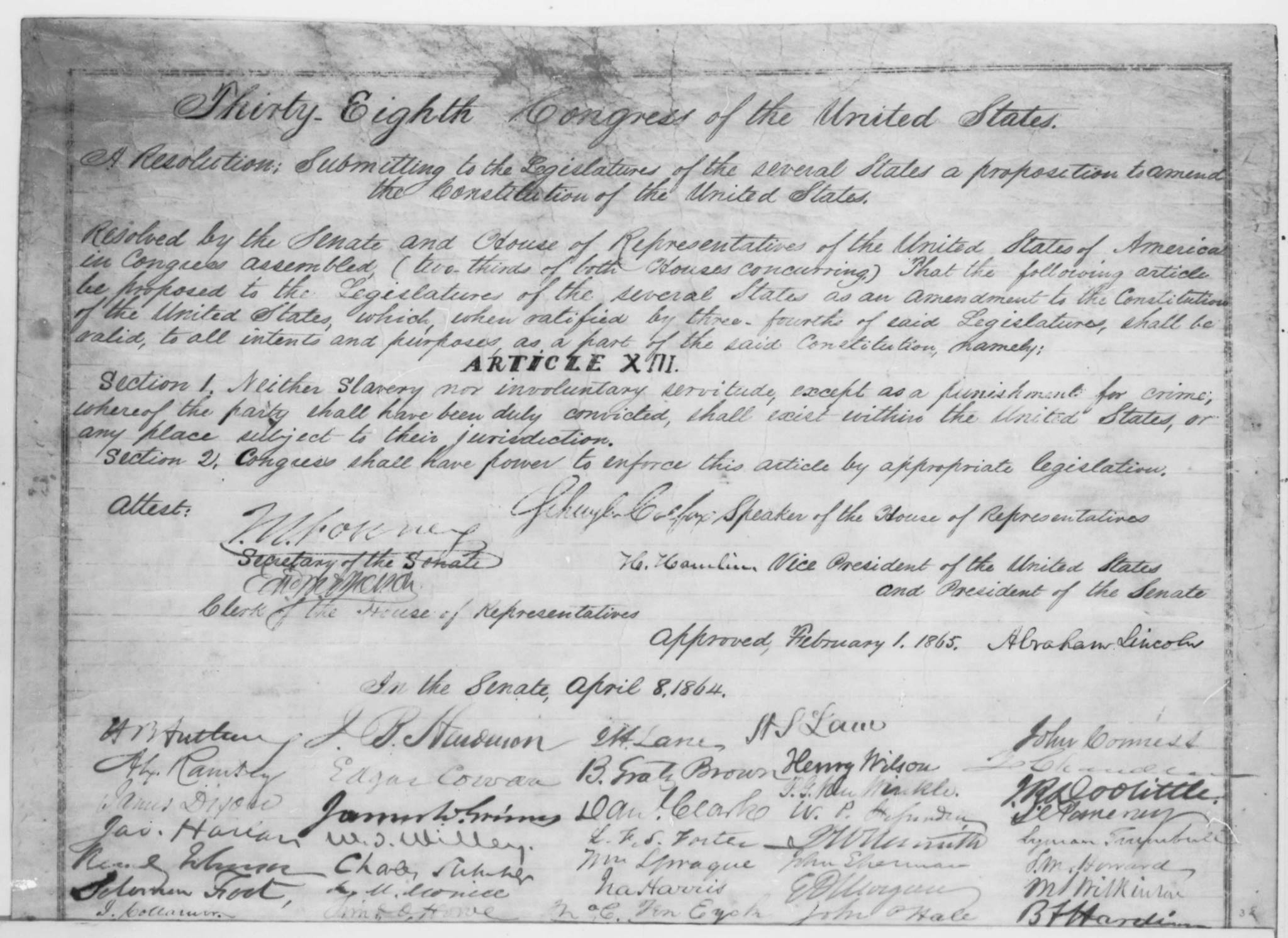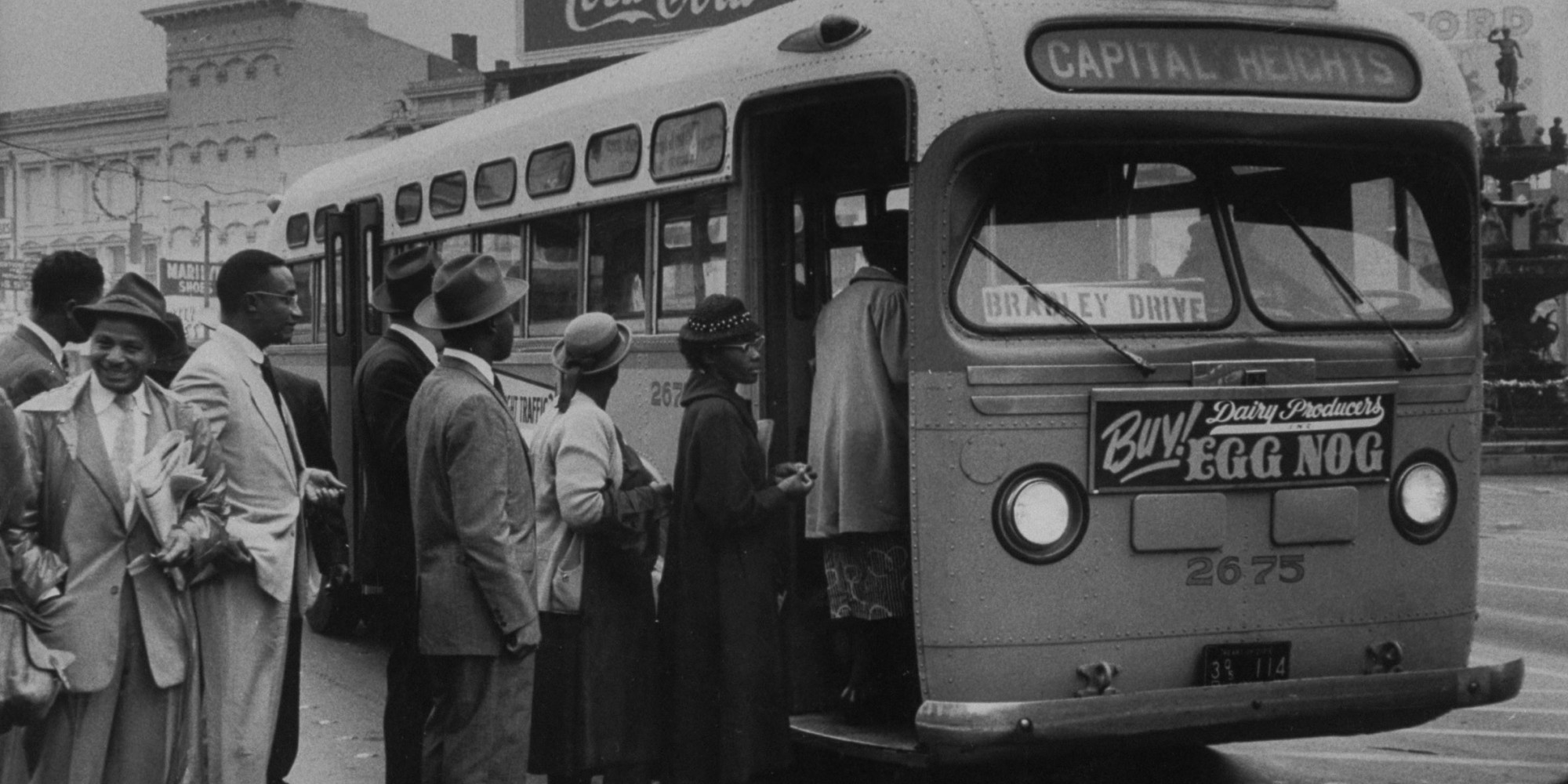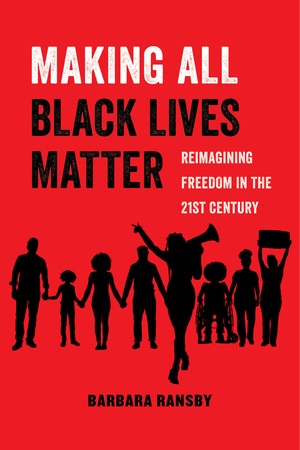Article. By Clyde Kennard. 1959.
Letter to the editor the Hattiesburg American about race and integration.
Continue reading
Book — Fiction. By Christopher Paul Curtis. 2018. 256 pages.
A novel for young adults that that shows how slavery was state-sanctioned terrorism and the impact of the Fugitive Slave Law.
Continue reading
Book — Non-fiction. By Jeanne Theoharis. 2018. 282 pages.
A non-academic, popular historiography that challenges educators to revamp curriculum to include a fuller, more critical history of the Civil Rights era.
Continue reading
In response to the promotion of voter registration, a KKK-like group massacred hundreds of people, most of whom were African American.
Continue reading
In an effort to stop the implementation of Brown v. Board through terrorism, 16-yr-old John Earl Reese was killed in Mayflower, Texas.
Continue reading
A. Philip Randolph, Jackie Robinson, Coretta Scott King, Harry Belafonte, Bayard Rustin, and more led a Youth March for Integrated Schools in Washington, D.C.
Continue reading
The Ku Klux Klan carried out the Colfax Massacre in response to a Republican victory in the 1872 elections.
Continue reading
Two hate crime shootings in one week, one of African American shoppers in Kentucky and the other of Jewish worshippers in Pittsburgh.
Continue reading
Luther Jackson was murdered by Philadelphia, Mississippi policeman Lawrence Rainey.
Continue reading
People who had escaped from slavery and were following the Union Army, were blocked from crossing the Ebenezer Creek, leading to their death.
Continue reading
African Americans voters were threatened after the Danville Riot, leading to their loss of political power in this majority African American city in Virginia.
Continue reading
Deadly election “riots” took place in Barbour County, Alabama against African American politicians and voters.
Continue reading
Sergeant Edgar Caldwell, a Black man, was hanged before a crowd of spectators in the yard of the Calhoun County jail for riding in a white streetcar.
Continue reading
Timothy Hood, a veteran of the U.S. Marines, was killed for removing a Jim Crow sign.
Continue reading
J. C. Farmer, a 19-year-old African American WWII veteran, was killed by a mob of 20 white men.
Continue reading
White people attacked and killed many Black citizens who had organized for a Black sheriff to remain in office during the Vicksburg Massacre.
Continue reading
Nearly 50 African-Americans were killed by white mobs during the Clinton Riot.
Continue reading
The Georgia Constitutional Convention was held with 33 African Americans and 137 white attendees.
Continue reading
P. B. S. Pinchback of Louisiana became the second Black governor in the United States.
Continue reading
Joseph H. Rainey, from South Carolina, was the first African-American to serve in the U.S. House of Representatives.
Continue reading
Secretary of State William H. Seward declared the 13th Amendment to the United States Constitution to have been adopted.
Continue reading
After a 381-day boycott, a federal ruling declared the Alabama laws requiring segregated buses to be unconstitutional.
Continue reading
Picture book. By Lesa Cline-Ransome and James E. Ransome. 2017. 32 pages.
An illustrated biography of Harriet Tubman written in verse.
Continue reading
Book — Non-fiction. By Barbara Ransby. 2018. 240 pages.
"A love letter to the organizers in the Movement for Black Lives, and a tribute to their increasingly expansive vision."
Continue reading


